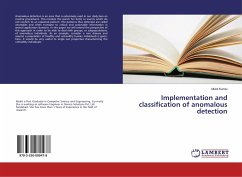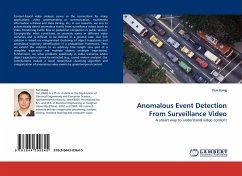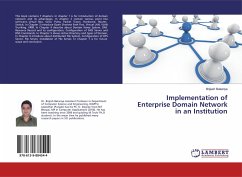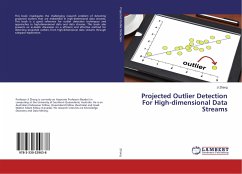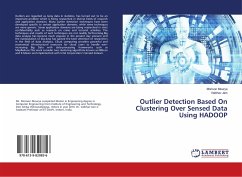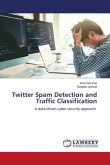Anomalous detection is an area that is extensively used in our daily lives an routine procedures. This involves the search for items or events which do not confirm to an expected pattern. The patterns thus detected are called anomalies and often translate to critical and actionable information in several application domains. In this paper we will extend the perspective of this approach in order to be able to deal with groups, or subpopulations, of anomalous individuals. As an example, consider a rare disease and assume a population of healthy and unhealthy human individuals is given; here, it would be very useful to single out properties characterizing the unhealthy individuals.

